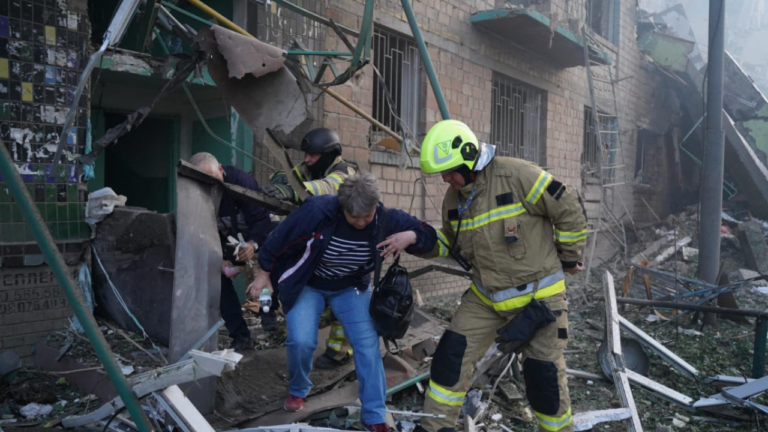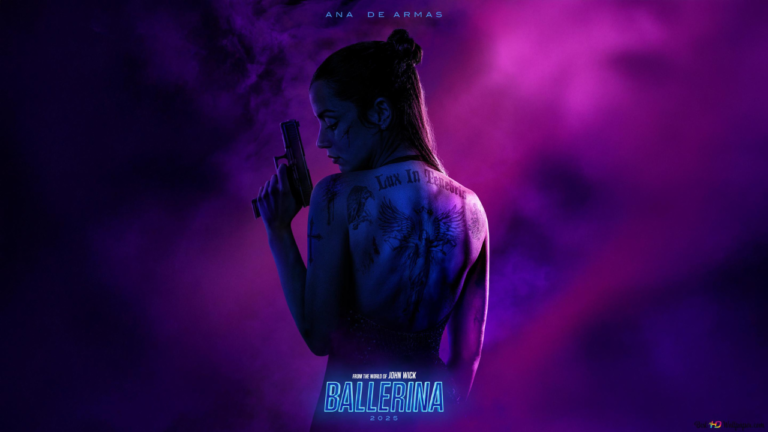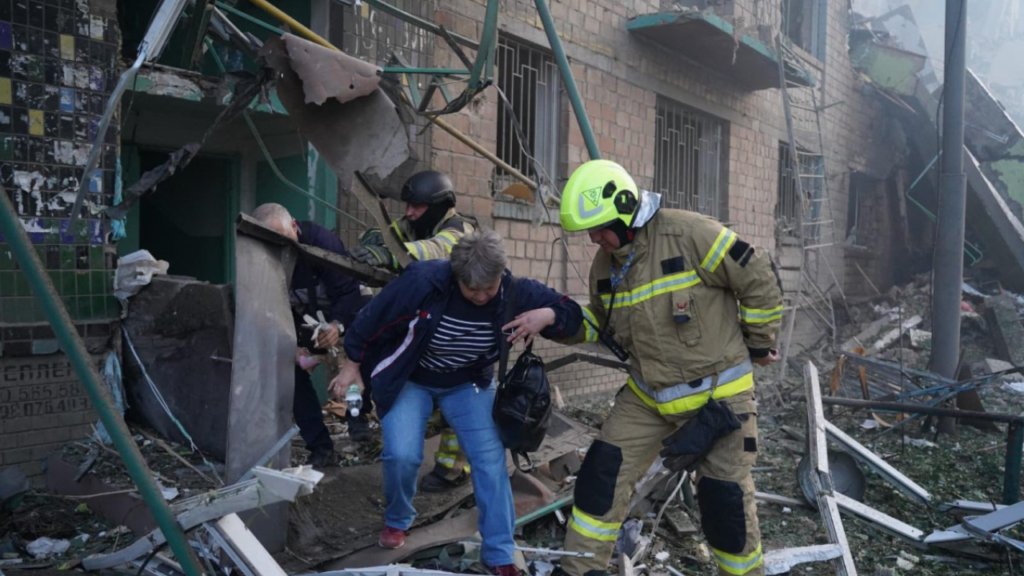The John Wick franchise has always been synonymous with relentless action, stylized violence, and a surprisingly emotional core. With Ballerina, the fifth installment and the first not directed by Chad Stahelski, the series takes a bold leap by shifting the spotlight to a new protagonist: Eve, portrayed by Ana de Armas. Under the direction of Len Wiseman, the film explores familiar territory while injecting fresh energy and perspective, proving that the world of John Wick is fertile ground for new stories.
Set during the events of John Wick: Chapter 3 – Parabellum, Ballerina follows Eve, a highly trained assassin and ballerina, as she seeks revenge against the mysterious group responsible for her father’s murder. The opening scene, a ballerina snow globe smeared with bloody fingerprints, immediately establishes the film’s tone: elegant, yet brutal; beautiful, yet tragic. This visual motif recurs throughout the film, symbolizing Eve’s duality as both artist and killer.
The narrative takes its time introducing Eve, allowing audiences to witness her rigorous training in ballet and combat. Her journey is marked by repeated failures and setbacks, culminating in a pivotal moment when she’s advised to “fight like a girl.” This advice, far from being dismissive, becomes the key to unlocking her full potential. It’s a clever subversion of genre expectations, emphasizing individuality and authenticity over brute force.
Action has always been the franchise’s calling card, and Ballerina does not disappoint. The choreography is as precise and kinetic as a well-rehearsed dance, with Ana de Armas delivering a physically demanding and emotionally resonant performance. The film’s standout sequences include a flamethrower battle set against a snowy, night-time backdrop, illuminated by searchlights, a visual feast that rivals the franchise’s most iconic moments.
Wiseman’s direction pays homage to the neon-soaked aesthetic established by Stahelski, with bold color palettes and inventive camera work. Wide shots are used to great effect, establishing the cold, unforgiving world that Eve inhabits. However, some viewers may find the lack of close-ups a missed opportunity; while the wide shots showcase the action, they sometimes distance us from Eve’s emotional journey. The film could have benefited from more intimate moments, allowing audiences to connect more deeply with her internal struggles.
Ana de Armas is the heart of the film, delivering a layered and compelling performance. Unlike John Wick, whose motivations were rooted in grief and loss, Eve’s quest for vengeance is intertwined with her search for identity and agency. The film does an admirable job of fleshing out her character, showing both her vulnerability and her ferocity. Every action sequence feels earned, grounded in her emotional arc rather than mere spectacle.
Keanu Reeves reprises his role as John Wick in two memorable appearances. While his screen time is limited, his presence serves as a bridge between the old and new, reminding audiences of the franchise’s roots. Reeves slips effortlessly back into the role of the “Baba Yaga,” delivering the stoic intensity fans have come to expect. However, some viewers may be disappointed by his relatively minor role, especially given his centrality to the previous films.
Norman Reedus joins the cast in a mysterious supporting role, whose storyline parallels Eve’s in several ways. While Reedus brings gravitas to the role, his limited screen time and underdeveloped backstory may leave audiences wanting more. The film hints at deeper connections and motivations but doesn’t fully explore them, resulting in missed opportunities for character development and narrative tension.
Ballerina excels in sound design, with gunshots, footsteps, and the whir of weapons contributing to a visceral, immersive experience. However, the film’s background score, while competent, lacks the memorable impact of previous entries. Earlier John Wick films were known for their pulsating, adrenaline-fueled soundtracks that elevated the action; here, the music serves more as a backdrop than a driving force.
The film’s atmosphere is consistently dark and cold, mirroring Eve’s emotional state. The use of neon lighting and shadowy environments creates a sense of unease and danger, reinforcing the idea that this world is as beautiful as it is deadly. The cinematography is visually striking, but the reliance on style occasionally comes at the expense of substance, particularly in scenes that could have benefited from more emotional depth.
While Ballerina succeeds as an action film, it stumbles slightly in terms of plot continuity. The timeline overlaps with John Wick: Chapter 3 – Parabellum, but certain events, such as John Wick’s involvement with the Ruska Roma after being outcast, raise questions about narrative consistency. These issues are not dealbreakers, but they may distract attentive fans who are invested in the franchise’s lore.
Additionally, the film’s focus on action sometimes overshadows its emotional stakes. While Eve’s motivation is clear, the lack of close character moments means her journey can occasionally feel more like a stylish killing spree than a deeply personal quest for justice.
Despite its flaws, Ballerina is a worthy addition to the John Wick universe. Ana de Armas shines as Eve, bringing a fresh perspective and formidable presence to the franchise. The action is top-notch, the visuals are stunning, and the film successfully expands the world without losing sight of what made the original so compelling.
For fans of the franchise, Ballerina is a must-watch, an exhilarating spin-off that proves the world of John Wick still has plenty of stories to tell. While it may not be essential viewing before the next main installment, it’s a stylish, action-packed ride that stands on its own merits.
















